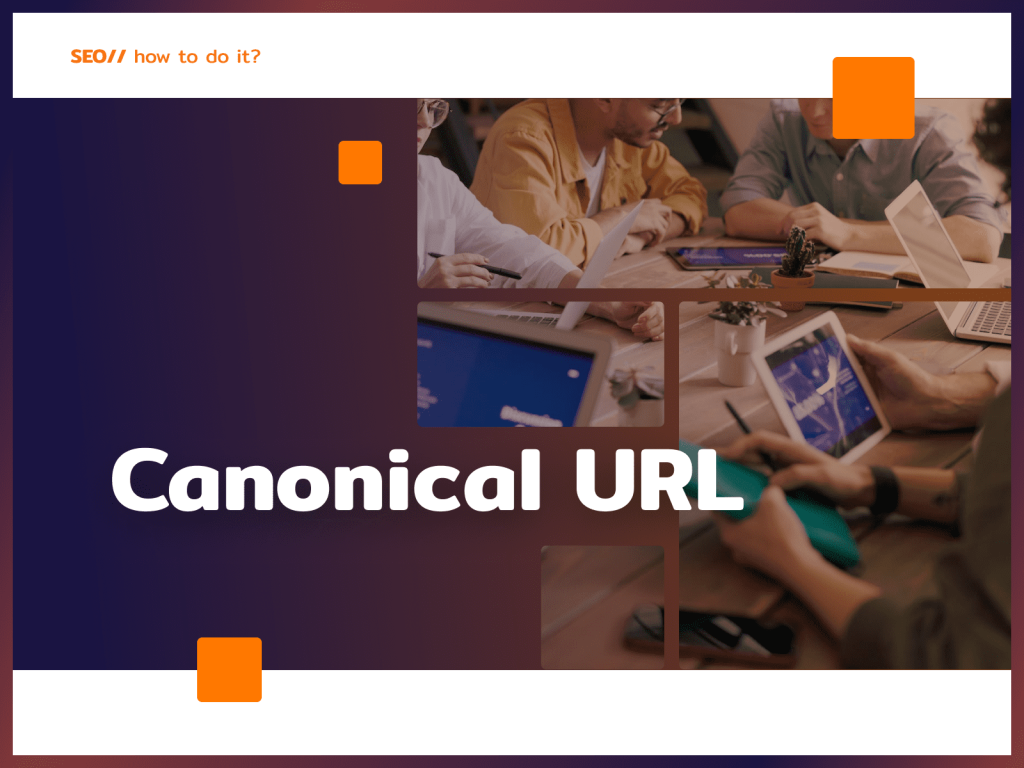In today’s world, where competition in SEO is fierce, every detail matters. One such key element of website optimization is the canonical URL. In this article, we’ll take a closer look at the concept, learn what exactly a canonical URL is, what its benefits are in terms of SEO, and how to properly implement it on a website.
Are you having problems with canonical? Not sure how to technically optimize your site for SEO? Call or write – I’ll check what to improve to increase visibility.
Canonical URL: what is it?
Canonical URL, or canonical URL, is a special tag placed in the header of an HTML page. Its main purpose is to tell search engines which page is the preferred, original version of a particular content. Why is this important? Search engines, such as Google, typically index all URLs on a page. If the content on them is repetitive, it can lead to problems with indexing, categorizing and ranking the content.

Benefits of canonical URL
- Avoiding duplicate content: one of the main problems that canonical URL solves is the elimination of so-called “duplicate content. duplicate content ( duplicate content ). When there are multiple versions of the same page (e.g., with different link variations), this can be a problem because search engines treat them as separate pages. Canonical URL indicates which version is preferred, eliminating the risk of a duplicate content penalty.
- SEO gains: canonical URL helps SEO optimization because it concentrates the value of backlinks and link juice on a preferred subpage. In this way, the landing page gains better visibility in search results.
- Better user experience: canonical URL also helps improve UX . By eliminating duplicates, users do not end up with different versions of the same content, so they avoid confusion and frustration.

Chcesz zwiększyć zyski dzięki SEO?
Przygotuję strategię działania i razem z moim zespołem wdrożę ją dla Ciebie.
How to implement a canonical URL?
In order to use the canonical URL, it must be properly implemented. There are different ways, depending on your content management system ( CMS ) or technical skills. Here are some general tips:
- Add the canonical tag to the page header: for HTML, the <link> or <meta> tag with rel=”canonical” attribute is placed in the page header. The URL indicates the preferred version of the page.
- Apply the canonical URL to the version without parameters: if you use dynamically generated pages with different URL parameters, the canonical URL should point to the version without these parameters. Parameters are characters that appear in a URL after a question mark (?), ampersand (&), equality (=) or other symbol.
- Establish a hierarchy of pages: for more extensive sites, it’s a good idea to establish a hierarchy to help determine which page is canonical for others.
- Monitor regularly: canonical URL is not a one-time solution. You should monitor your site regularly, especially after making changes to the URL structure, to make sure it is still implemented correctly.
In conclusion, canonical URL is an extremely important SEO tool that helps eliminate duplicate content problems and improves a site’s position in search results. This is a technical aspect of SEO optimization that is worth understanding and implementing to achieve better results and improve the user experience on the website.


















